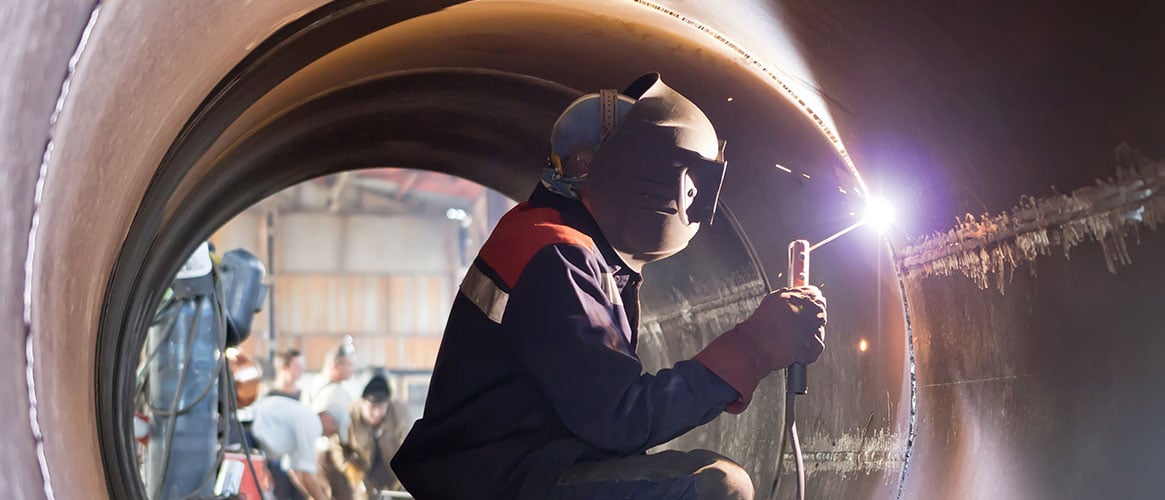Working in a confined space can have serious and even deadly consequences. Workers who enter manholes, utility tunnels, silos, holding tanks, and other spaces with limited entry or exit face this risk every day on the job. Confined spaces with potential exposure to hazardous gases, low oxygen, electrical shock, risk of entrapment or engulfment, or other recognized hazards require a permit for entry. This permit is created by the employer, must be in writing, and helps identify and control the hazards within a confined space.
Confined space emergency
In a confined space emergency, the injured worker has often collapsed from being overcome by hazardous conditions. When breathing or heart function is compromised, you generally have a maximum of four minutes to save the injured worker.
Do you have an emergency response plan for your employees who work in confined spaces? Do your employees know what to do when a trapped coworker needs immediate help?
A quick emergency response is critical
It’s important to remember that rescue crews face the same dangerous conditions that overwhelm the worker. The time limitations add further stress. Knowing exactly what to do in a given situation is critical to the survival of the trapped worker.
Watch one employer’s confined space emergency response plan in action. In the video below, employees of RTE Welding in San Bernardino County conduct a rescue simulation exercise for when a welder becomes trapped and unconscious inside a tanker trailer that’s under repair.
